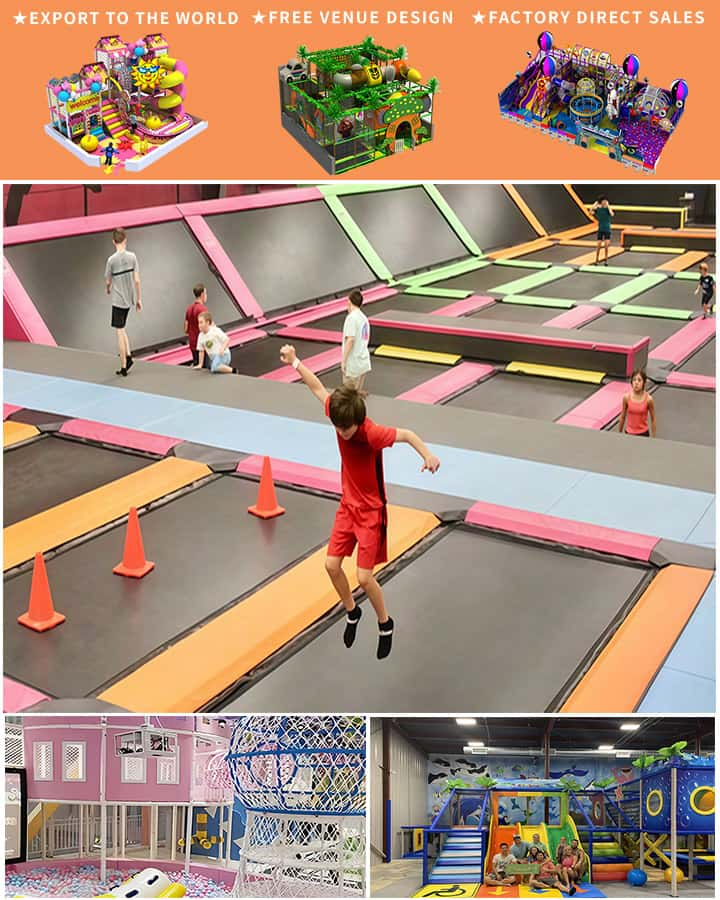Designing an indoor play area can be a delightful yet challenging task, as it requires balancing aesthetics with functionality. The right design not only entertains children but also supports their physical, cognitive, and social development. Here are some innovative ideas to create an engaging indoor play area that caters to the diverse needs of young ones.
1. Multi-functional Furniture: Incorporate furniture that serves multiple purposes to maximize space and utility. Consider tables that can be easily transformed into art stations or reading corners by simply adding or removing accessories. Storage benches or ottomans can offer seating as well as storage for toys, books, and games, keeping the area clutter-free and organized.
2. Climbing Structures: Add climbing walls or structures suitable for indoor use to promote physical activity and motor skills development. These can include modular climbing blocks that allow children to build their own structures, fostering creativity and problem-solving abilities. Ensure safety features such as soft flooring and padded surfaces to prevent injuries.
3. Interactive Learning Walls:
 Create interactive learning walls using durable materials where children can explore concepts like letters, numbers, shapes, and colors. Incorporate tactile elements such as textured tiles, magnetic boards, or chalkboard paint sections to stimulate sensory experiences and encourage learning through play.
Create interactive learning walls using durable materials where children can explore concepts like letters, numbers, shapes, and colors. Incorporate tactile elements such as textured tiles, magnetic boards, or chalkboard paint sections to stimulate sensory experiences and encourage learning through play.
4. Cozy Reading Nooks: Dedicate a corner to a cozy reading nook filled with comfortable bean bags, floor cushions, and a small bookshelf stocked with age-appropriate books. Add string lights or soft lamps to create a warm ambiance, encouraging kids to develop a love for reading in a serene and inviting space.
5. Imagination Stations: Designate areas for imaginative play with themed stations such as a mini kitchenette for pretend cooking, a dressing-up corner complete with costumes and accessories, or a puppet theater. These zones fuel creativity and storytelling while allowing children to role-play different scenarios, enhancing social skills and emotional intelligence.
6. Natural Elements Integration: Bring in elements from nature by incorporating indoor plants, wooden accents, or even a small herb garden. Not only do these additions enhance the visual appeal, but they also contribute to a calming environment and introduce children to basic botanical concepts.
7. Sensory Play Spaces: Develop sensory play spaces equipped with items like water tables, sandboxes, or sensory bins filled with rice, pasta, or fabric swatches. Such activities engage multiple senses, promoting fine motor skills, hand-eye coordination, and sensory exploration.
8. Tech-Free Zones: Establish tech-free zones within the indoor play area to encourage traditional forms of play without screen distractions. This could include board game shelves, puzzle racks, or craft stations, promoting face-to-face interaction and hands-on learning experiences.
By integrating these design ideas, you can create a dynamic and nurturing indoor play environment that inspires children’s imagination, fosters their growth, and ensures endless hours of fun. Remember, the key lies in creating a balanced blend of educational resources, physical challenges, and cozy retreats tailored to the unique interests and developmental stages of the young users.




